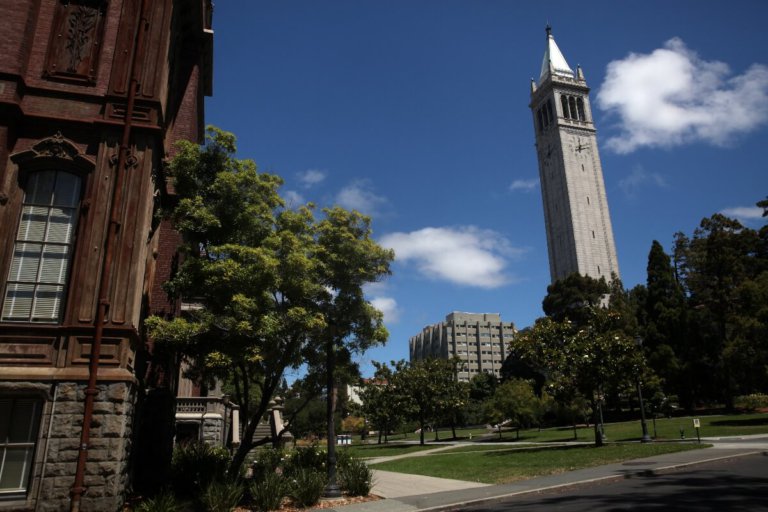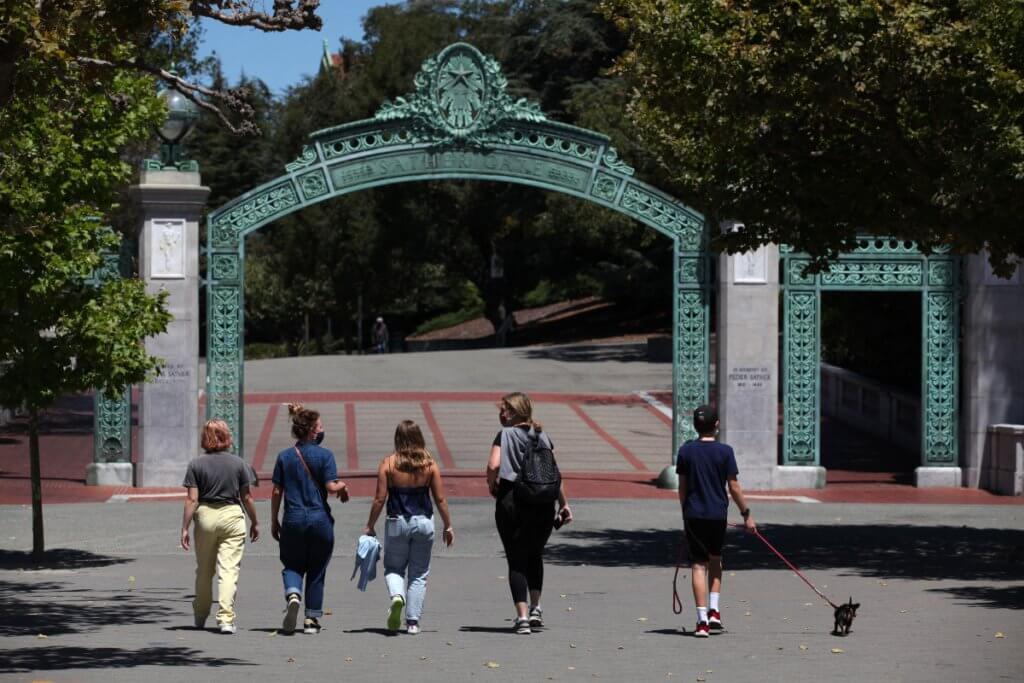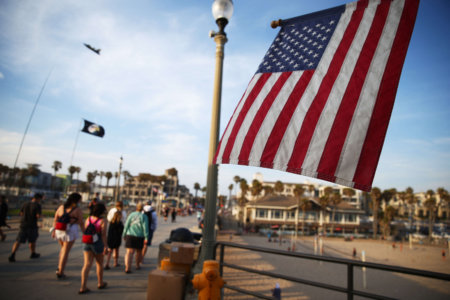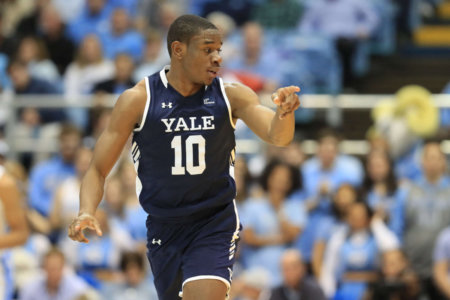
International students who harbour dreams of studying in the US have probably heard of Ivy Leagues — or eight elite universities known globally for their academic and social prestige. Lesser known to some are Public Ivies or public US universities that attract many top students, thanks to their academic rigours and resources that can lead to promising futures. Here’s what you should know about these universities:
What are Public Ivies?
Public Ivies are an alternative to Ivy League schools. Their quality match Ivy League institutions, but come at a lower cost. There are varying opinions among experts as to which schools should be considered a Public Ivy. Miami University, which identifies itself as a Public Ivy, notes the following: “The term Public Ivy first appeared as the title of a 1985 book by Richard Moll, “The Public Ivys: A Guide to America’s Best Public Undergraduate Colleges and Universities.”
It identified eight national universities that meet the criteria:
- Miami University
- University of North Carolina – Chapel Hill
- University of Virginia
- University of California (system)
- College of William & Mary
- University of Michigan
- University of Texas at Austin
- University of Vermont
Reports also note that Moll identified nine “worthy runners-up,” including:
- Georgia Institute of Technology
- New College of Florida
- Pennsylvania State University
- Binghamton University (formerly SUNY Binghamton)
- University of Colorado–Boulder
- University of Illinois–Urbana-Champaign
- University of Pittsburgh
- University of Washington
- University of Wisconsin–Madison
![public ivies]()
People walk towards Sather Gate on the U.C. Berkeley campus on July 22, 2020 in Berkeley, California. Source: Justin Sullivan/Getty Images North America/Getty Images via AFP
How do they differ?
According to reports, most Public Ivies are a lot larger than the Ivy League schools; this includes its undergraduate enrollment. They also have smaller endowments than Ivy Leagues, reported Best Colleges. This means some of these institutions can’t match the Ivy Leagues in terms of financial aid for students, and they must stretch to meet their larger student bodies.
One area that bolsters the appeal of Public Ivies is its tuition fees, which are cheaper than Ivy Leagues, and this is particularly true for in-state students. International students are still welcome to apply and find scholarships to apply to. Ultimately, while the prestige associated between one university to the next varies, Public Ivies can offer students a quality education.











